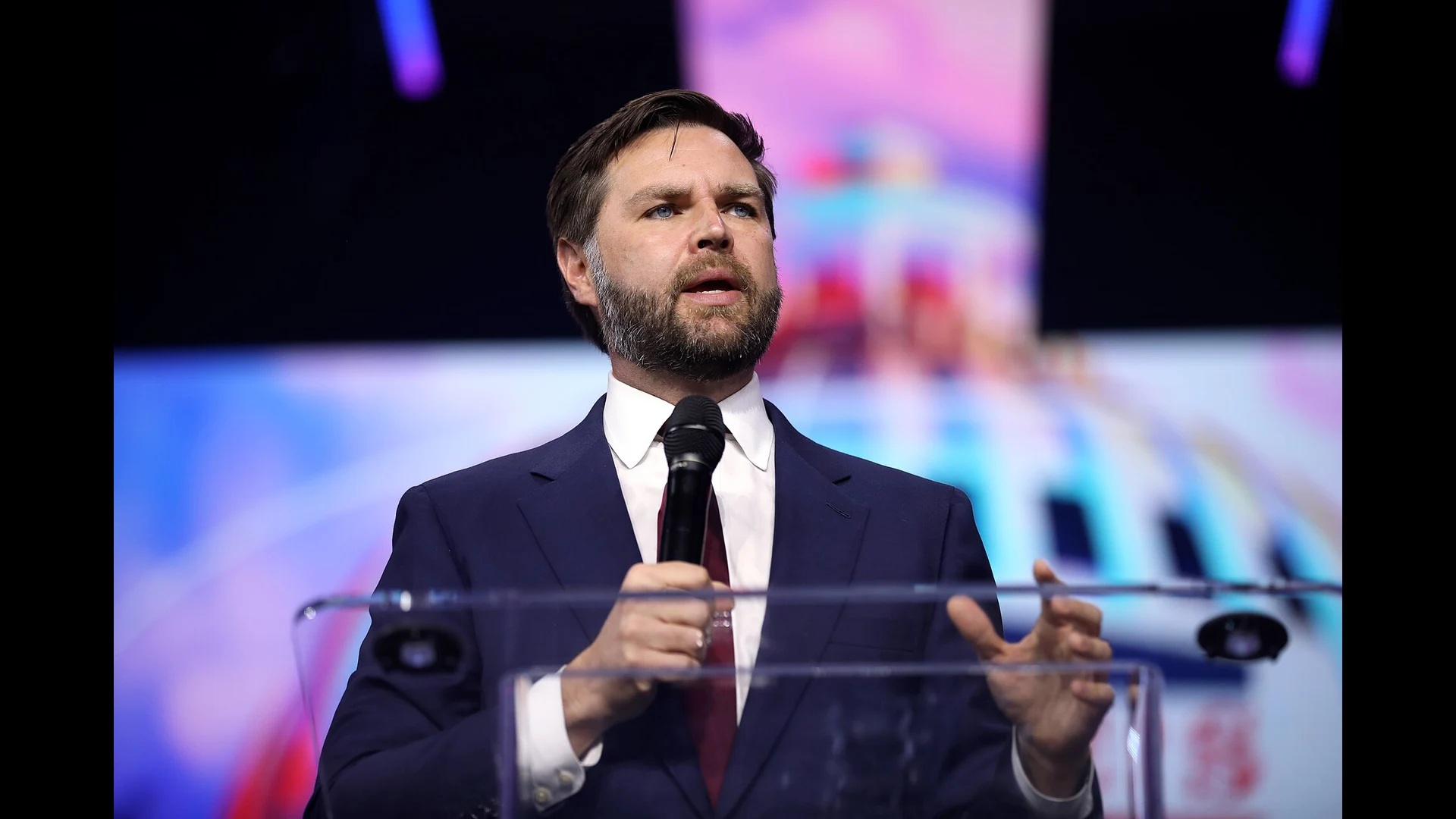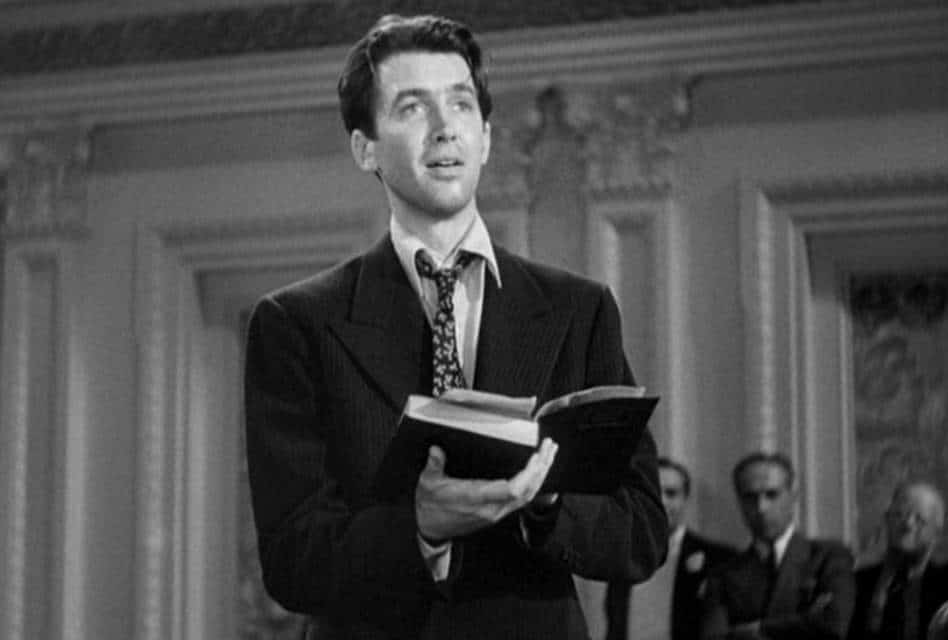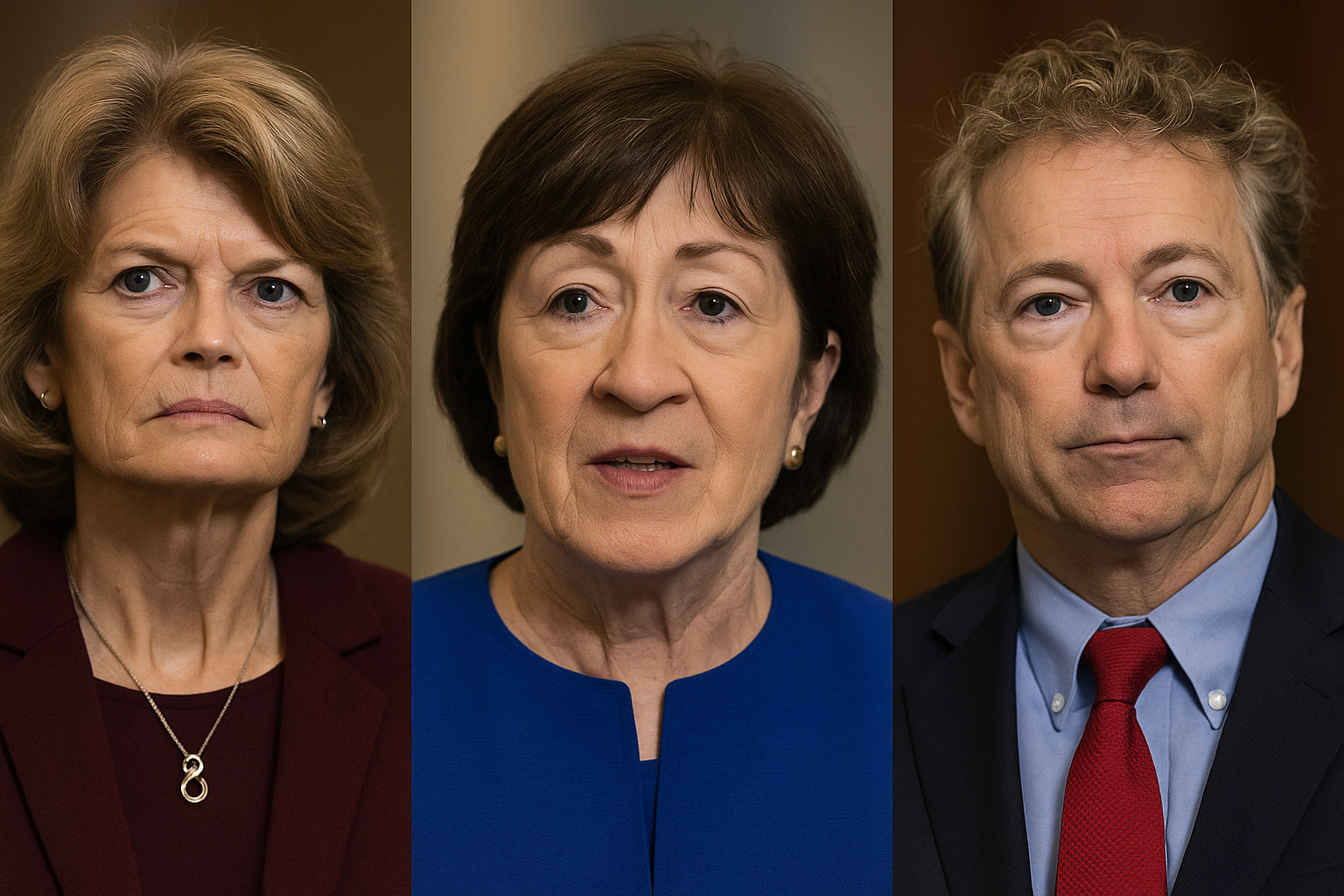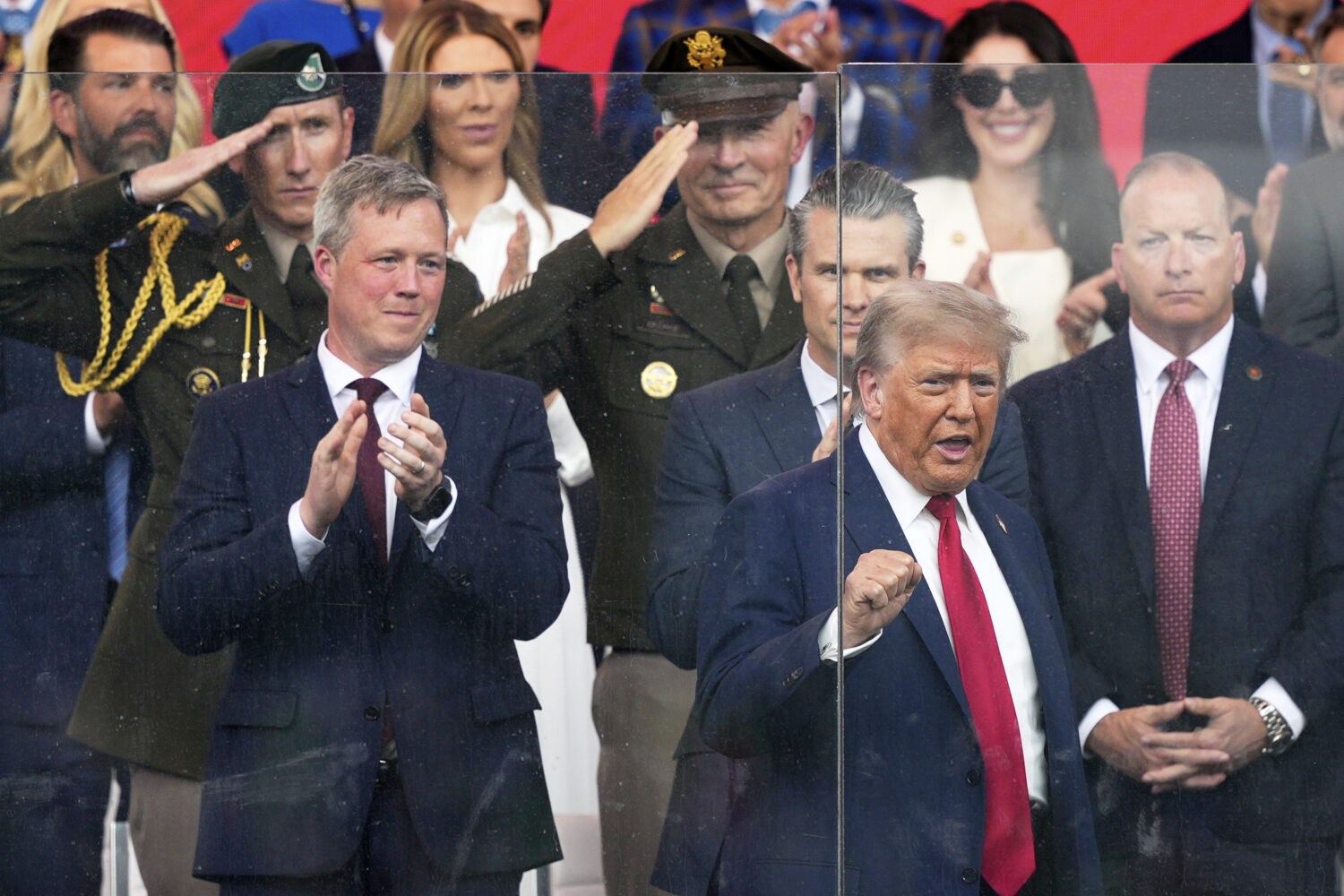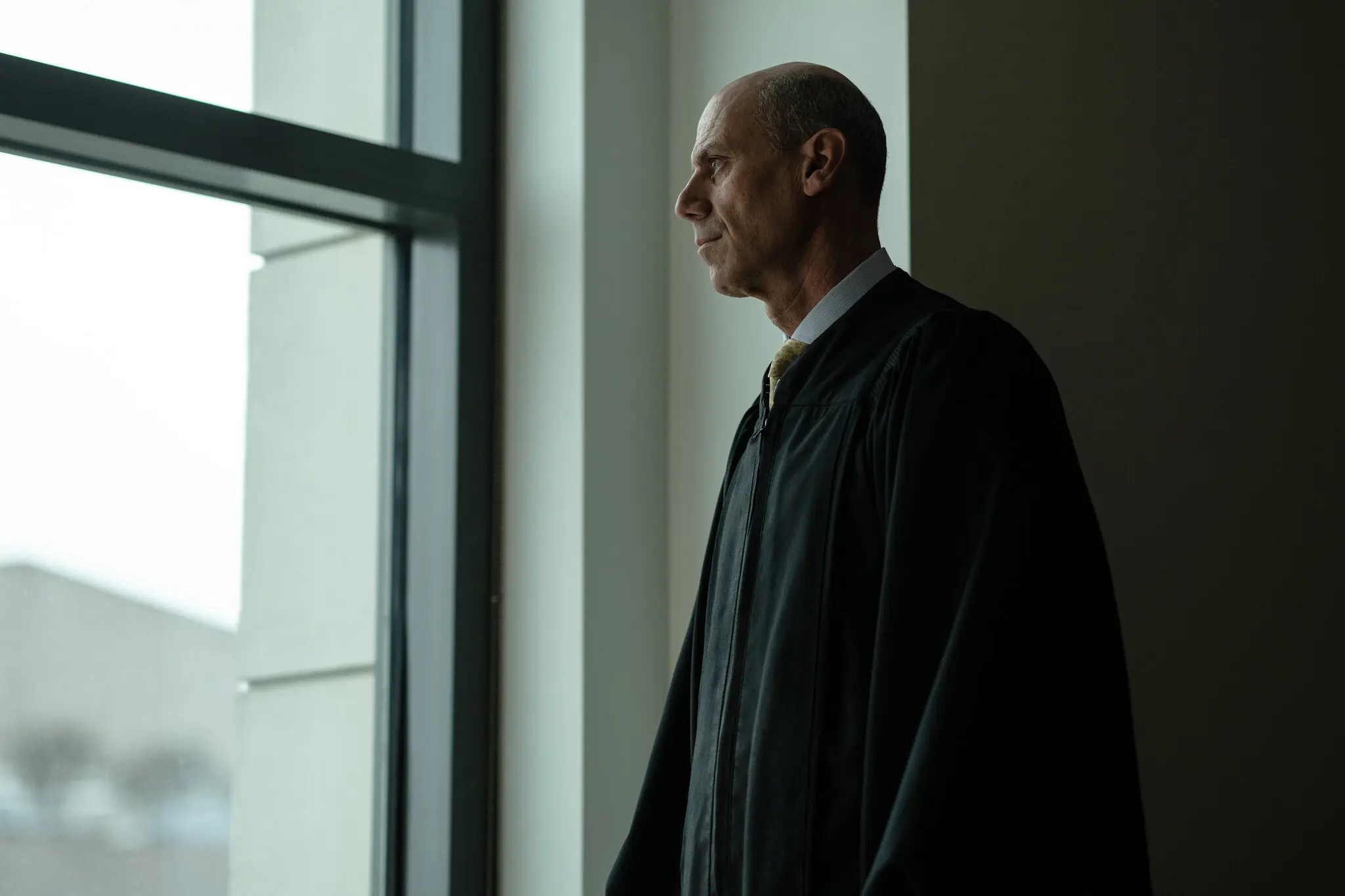Continuing my look back at some stories that were, initially, major political and media firestorms, but facts later proved them to be less reliable than first believed.
More on Benghazi –
Wednesday’s release of the long-awaited Senate Intelligence Committee report on the assault on the American consulate in Benghazi, Libya revealed more pertinent information.
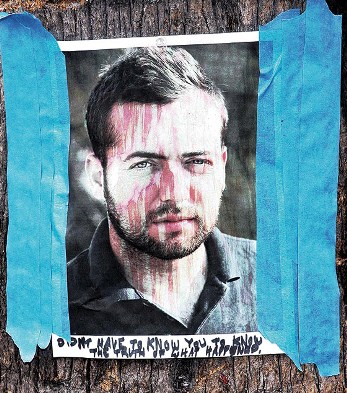
The Washington Post reported (Jan. 15) that “The attacks were preventable,” the panel said, “based on extensive intelligence reporting on the terrorist activity in Libya — to include prior threats and attacks against Western targets — and given the known security shortfalls at the U.S. Mission.
“The bipartisan report laid out more than a dozen findings regarding the assaults on a diplomatic compound and a CIA annex in the city. It said the State Department failed to increase security at its mission despite warnings, and blamed intelligence agencies for not sharing information about the existence of the CIA outpost with the U.S. military.
However, “The report found no evidence of the kind of political cover-up that Republicans have long alleged. Much of it recounted now-familiar facts about deteriorating security conditions in Benghazi in 2012, a year after the fall of longtime dictator Moammar Gaddafi. It filled in new details about the relationship between the State Department compound and the CIA annex about a mile away, and described the concern among many intelligence specialists about the growing potency of Islamist militants in the city.”
In summarizing, The Post added, “The committee described the attacks as opportunistic and said there was no specific warning that they were about to be carried out.”
There are two issues at play. First, that pleas for more security conflicted with statements from Ambassador Stevens’ calls notto send more security. Despite a State Department spokesman saying, “We should have been better then, and we need to get better going forward,” much more should have been done. As Secretary of State, Hillary Clinton should have been better informed, but ultimately, is responsible for any decisions or lack of action on her watch.
Second: the knee-jerk response by some politicians – whereevery incident now becomes a burlesque show of blame leading to rampant speculation of a cover-up. That’s not looking for the truth; that’s grandstanding for political points. This kind of tactic not only degrades the political process, but takes valuable time and resources away from what congress should be focusing on: meaningful solutions for the budget, deficit, immigration, health care and the economy.
Fast and Furious –
In the best distillation by George Zornick of The Nation magazine, “According to Republicans, in fall 2009 the Bureau of Alcohol, Tobacco, and Firearms began a dangerous effort to stop the flow of guns into Mexico under the auspices of Operation Fast and Furious. The ATF officers used a method of investigation called gun-walking, in which they recruited straw buyers in Arizona to purchase and transmit guns south of the border in order to build a stronger case against the bad guys. Officers logged the purchases and gun serial numbers, applied for wiretaps, but never tried to intercept the weapons.
“This allowed drug cartels,” Zornick writes “to obtain potentially hundreds of dangerous weapons under the direct eye of federal authorities, a bad idea that turned tragic in December 2010 when US Border Patrol Brian Terry was murdered by bandits wielding a gun that was walked under Fast and Furious. So the thrust of the GOP storyline is overzealous gun-grabbers at Obama’s ATF took risks that led directly to the murder of a Border Patrol agent.”
This is the narrative House Oversight Chair Darrell Issa has been obstinately focused on for almost five years. However,Fortune magazine reporter Katherine Eban interviewed many of the agents involved and offered a vastly different account.
In her report, The Truth About the Fast and Furious Scandal, Eban writes “Quite simply, there’s a fundamental misconception at the heart of the Fast and Furious scandal.
“Nobody disputes that suspected straw purchasers under surveillance by the ATF repeatedly bought guns that eventually fell into criminal hands. Issa and others charge that the ATF intentionally allowed guns to walk as an operational tactic. But five law-enforcement agents directly involved in Fast and Furious tell Fortune that the ATF had no such tactic. They insist they never purposefully allowed guns to be illegally trafficked. Just the opposite: They say they seized weapons whenever they could but were hamstrung by prosecutors and weak laws, which stymied them at every turn.”
I’ve read Eban’s more than 6,000-word report and it’s enlightening from the standpoint of the number of interviews she’s conducted and evenhanded information she’s obtained. I encourage you to read it as well.
I don’t doubt that there are real issues to be examined and cross-examined in Fast and Furious, unfortunately, any real substance gets lost in the smoke and mirrors of political gamesmanship.
Partisanship should never trump facts. As of this writing, there is no evidence of a conspiracy or cover-up directed by the White House or Attorney General Eric Holder.
Michael Hastings –
Last September, I reported on the conspiracy theories swirling around the death of Rolling Stone reporter Michael Hastings in a three-part examination.
Concluding one month of research, I wrote that “coroner’s officials said Hastings had traces of amphetamine in his system, consistent with possible intake of methamphetamine many hours before death… [and that] Hastings had arrived in Los Angeles from New York the day before the accident, with his brother scheduled to arrive later the day of the crash ‘as his family was attempting to get [Hastings] to go to detox,’ the report stated. Hastings was believed sober for 14 years, but had recently begun using drugs again in the past month or so, according to the coroner’s office, based on interviews with family members.”
This is one of those stories with all the ingredients of a Hollywood movie: young, maverick reporter fighting the moral hypocrisies of our time meets untimely, highly suspicious death. It must be a conspiracy.
Since my September study, I recently read Who Killed Michael Hastings?, by Benjamin Wallace writing for New York magazine (Nov. 10, 2013). This is another 6,000 + word examination of the life, career and death of the journalist. It’s an interesting story offering more background on Hastings and his bouts with drugs and alcohol and worth reading for those interested, but… when Wallace concludes with the coroner’s report, he adds this timely observation:
“Conspiracy theories being closed systems indifferent to probability and immune to evidence, the report did nothing to curtail speculation about the cause of Hastings’s death. Online comments in the next few weeks included:
“What about the engine trajectory? That is the Building Seven in this case.”
“I believe he was targeted by a black ops government agency.”
“… they are saying he’s a drug addict and insane, out of his mind? It’s a government smear campaign.”
Which brings me to…
The Kennedy Assassination –
This is the 50-year-old gift for conspiracy buffs that just keeps on giving.
I wish I had just 2 percent from the money machine that has come from books, magazines, documentaries, movies, congressional investigations, private investigations, interviews, high-definition photo enhancement studies, as well as the latest ballistic and acoustic tests surrounding the death of our 35th president.
After googling, “Anything new on the conspiracy behind the death of John F. Kennedy?” here’s what comes up:
A December, 2013 non-fiction book entitled, The Man Who Killed Kennedy, the case against LBJ; Top Down: A Novel of the Kennedy Assassination; as well as an entire Wikipedia page devoted to “John F. Kennedy assassination theories.”
“According to some researchers,” one section on that page reads, “conspiracy theorists consider four or five groups, alone or in combination, to be the primary suspects in the assassination of Kennedy: the CIA, the military-industrial complex, organized crime, the government of Cuba, and Cuban exiles. Other domestic individuals, groups, or organizations implicated in various conspiracy theories include Lyndon Johnson, George H.W. Bush, Sam Giancana, J. Edgar Hoover, [Chief Justice] Earl Warren, the Federal Bureau of Investigation, the United States Secret Service, the John Birch Society, and far-right wealthy Texans. Some other alleged foreign conspirators include Fidel Castro, the KGB and Nikita Khrushchev, Aristotle Onassis, the government of South Vietnam, and international drug lords, including a French heroin syndicate.” May of these are neatly distilled and slanted in Oliver Stone’s wildly speculative film, JFK.
The point behind this commentary is that all of us, including meat times, need to be more conscientious in practicing self-restraint when it comes to fairness. Fairness requires us to be open and impartial in gathering and evaluating information necessary in making decisions. It means that we avoid making judgments based on speculation, rumor and innuendo.
While it was true that the Determinations Unit of the IRS office based in Cincinnati used unfair criteria in selecting groups using the terms ‘Tea Party’ and ‘Patriot,’ “documents show the agency gave the same scrutiny to some liberal groups, using the key words ‘Progressive’ and ‘Occupy.’ ”
While there were many inaccuracies in the initial reports on Benghazi – and as the Senate Intelligence Committee report shows, the CIA and State Department failed in both communication and action – there was no cover-up from either the White House or Justice Department, as alleged by the House Oversight Committee; and similar findings hold true concerning Fast and Furious.
While we will never alter the perceptions of hard-core conspiracy fanatics — the media in general, and political leaders in particular, as well as the rest of us should know better and cultivate a wait-and-see attitude while the true facts are gathered and evaluated.
Comments

